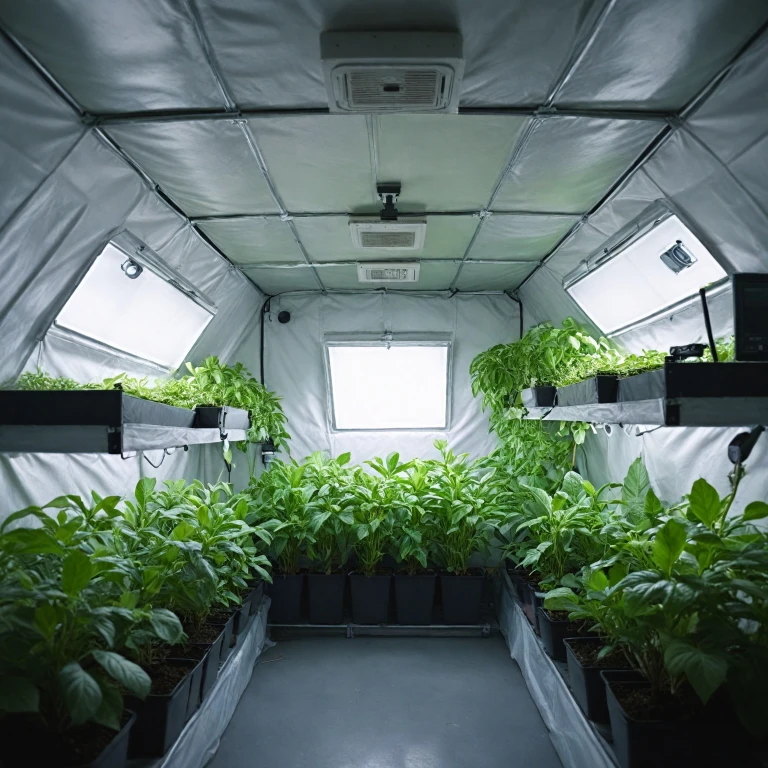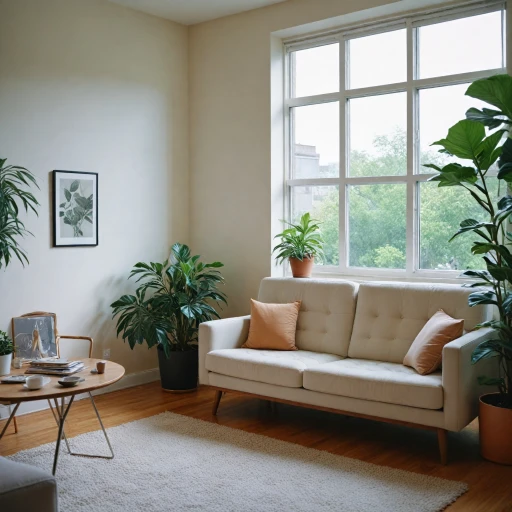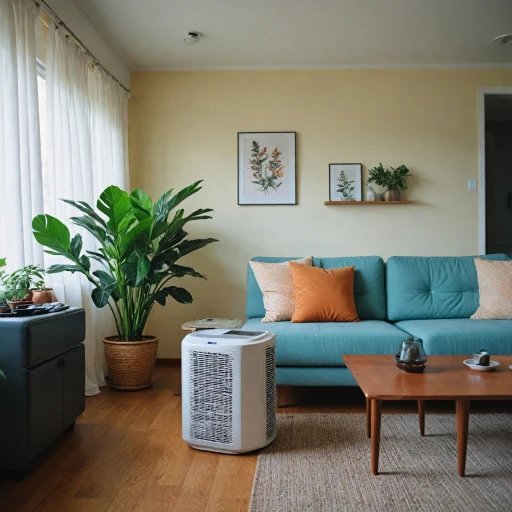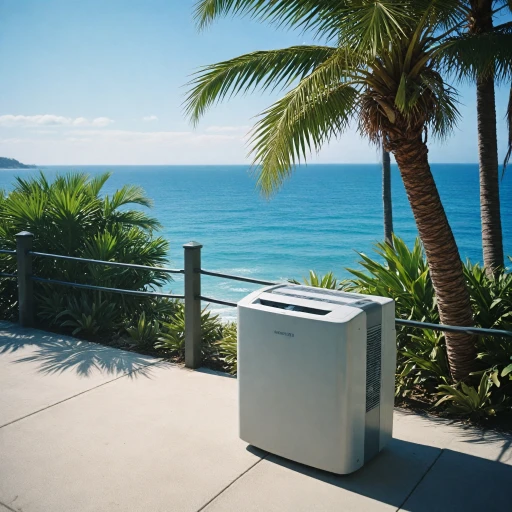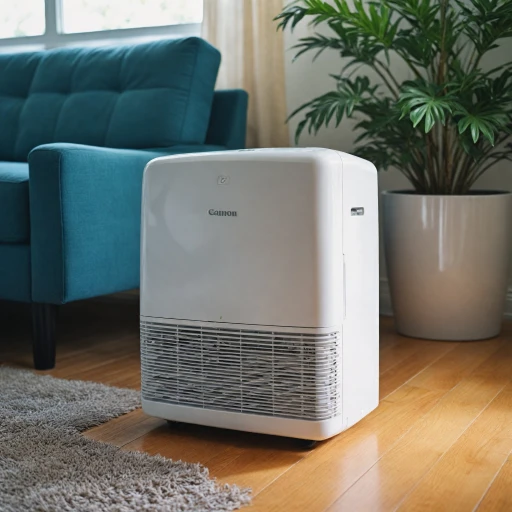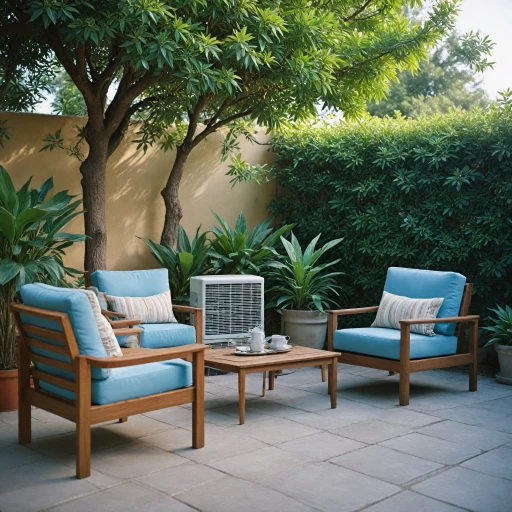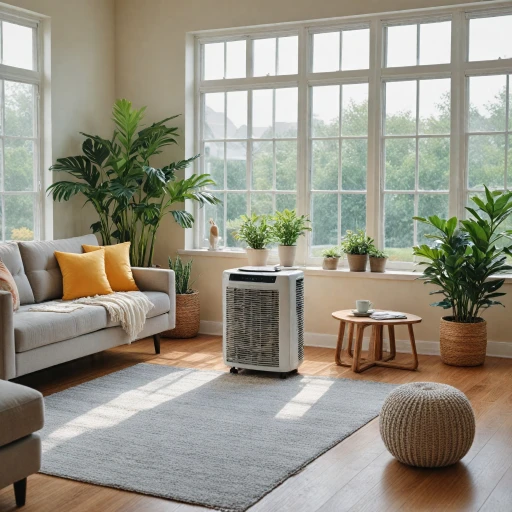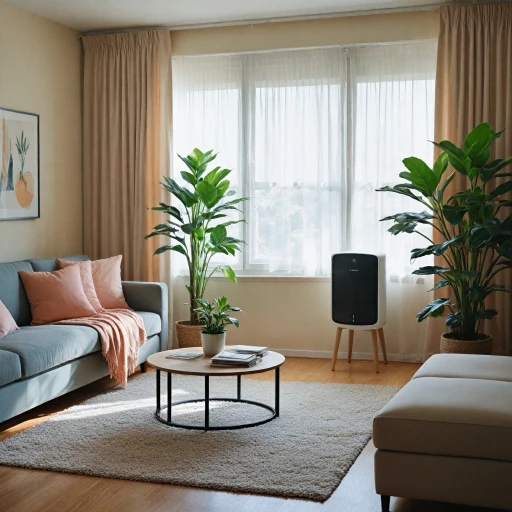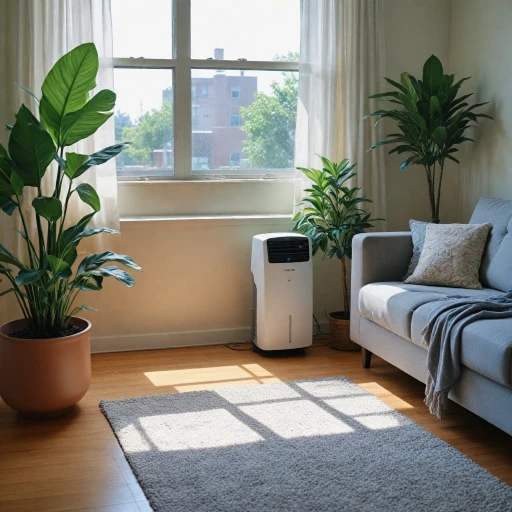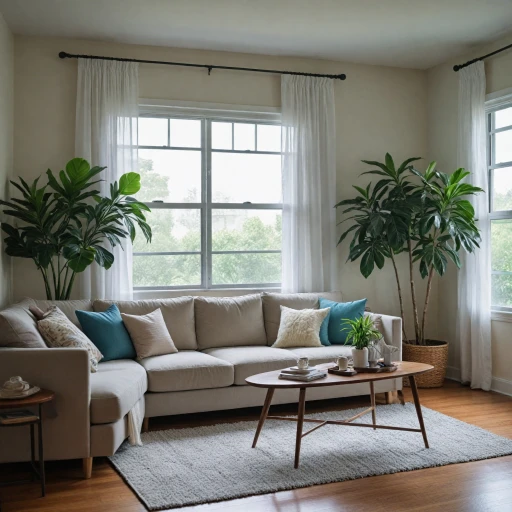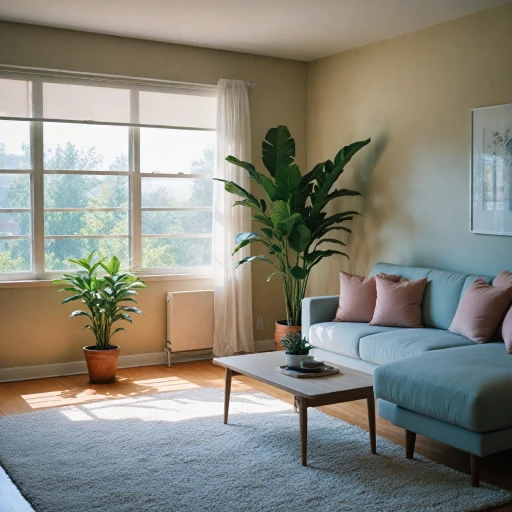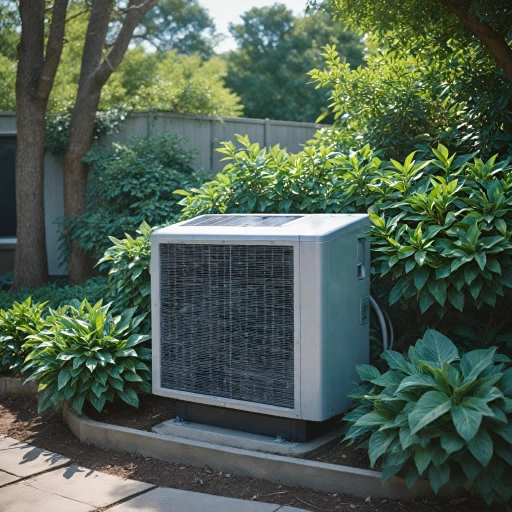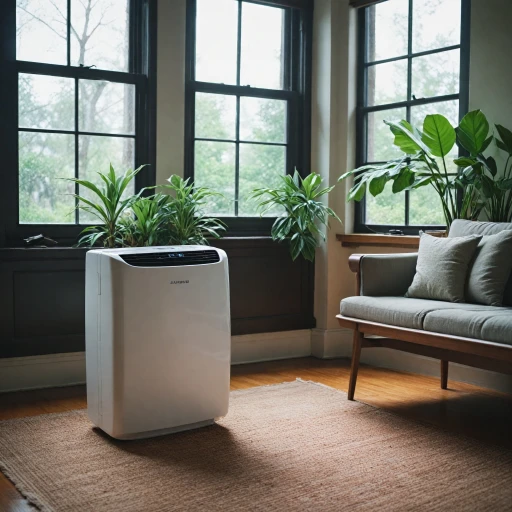
Understanding the Importance of Climate Control in Grow Tents
Understanding Temperature Control for Optimal Plant Growth
Maintaining the right environment in your grow tent can make all the difference for plant health and yield. Climate control isn't just about keeping it cool when it's hot outside; it's about creating a stable environment that promotes growth year-round. Grow tents can heat up rapidly due to lights and enclosed space, and having an adequate air conditioning unit ensures that your plants will thrive. Managing your grow tent's temperature can seem daunting at first. You'll need a unit that is both efficient and cost-effective. Portable air conditioners have become a popular choice due to their flexibility and ability to handle different room sizes easily. They allow you to adjust temperatures and cooling power without investing in permanent fixtures, making them adaptable to changes in your grow set-up. Moreover, with the right air conditioning unit, you can effectively manage the hot air emitted from grow lighting, preventing your tent from turning into an overheated environment. Proper exhaust management is critical, as is understanding BTU (British Thermal Unit) ratings to ensure you're not under or over-cooling the space. For the best performance, consider units from reputable brands like Mrcool and look for features such as remote controls or even a ductless mini split or heat pump system. Price and size grow considerations are also essential; opting for a unit that fits your budget and space constraints without compromising efficiency is key. As you explore your options, it will also be useful to assess the power requirements of your tent setup—choosing the optimal size and configuration can prevent overheating or inadequate cooling. For some, window air conditioners might be preferable, while others may find that a portable or split air conditioner suits their needs better. Whatever your choice, ensure that your grow room is ready to support an environment conducive to robust plant growth and development. Overall, understanding the intricacies of climate control in grow tents can set you on the path to achieving outstanding results with your plants.Types of Air Conditioning Units Suitable for Grow Tents
Exploring Suitable Cooling Options for Your Grow Tent
Selecting the right air conditioning unit is crucial for maintaining the perfect environment in your grow tent. The market offers several options, each with unique features and constraints. These include portable air conditioners, mini-split systems, and traditional window units. Your choice depends on the size of your grow room, available budget, and specific cooling needs.
Portable Air Conditioners: These units are renowned for their mobility and ease of use. Being portable, they can be moved to target specific areas of your grow tent. They are typically equipped with an exhaust hose to vent hot air outside the room, providing efficient cooling without permanent installation. However, one must consider the power supply, as higher BTU ratings are required for larger tents.
Mini-Split Systems: These are ductless systems offering powerful cooling without the need for a window. A mini-split air conditioner consists of an indoor air-handling unit and an outdoor compressor. They are more energy-efficient and quieter compared to other types, making them one of the best options for larger grow rooms. While the initial installation cost might be higher, the long-term savings on your energy bills can be substantial.
Window Air Conditioners: If your grow tent setup allows for it, a window unit could be a viable choice. These conditioners are generally affordable and capable of cooling sizeable areas by efficiently circulating cool air. Installation could be a challenge inside a grow tent, however, it's worth considering if your setup permits.
When evaluating these options, also take into account the size of your grow tent and the cooling power (BTU rating) needed, based on the tent's square footage. If you're looking for guidance on optimizing your setup, this resource can provide valuable insights applicable to similar enclosed spaces.
Key Features to Look for in an Air Conditioning Unit
Essential Considerations for Selecting Air Conditioning Units
When determining which air conditioning unit to select for your grow tent, several key features should be kept in mind to ensure optimal performance and energy efficiency. Each feature plays a crucial role in providing the cool air necessary for healthy plant growth.- Cooling Power: The British Thermal Unit (BTU) rating is an essential factor when assessing a unit's cooling power. A higher BTU rating signifies more power, effectively cooling your grow tent. Be certain to match the BTU rating to the size of your grow room to avoid under or over-cooling.
- Portability: Portable air conditioners offer several advantages, such as ease of installation and flexibility. They are ideal for small to medium-sized grow tents, providing effective cooling while allowing for mobility when needed.
- Energy Efficiency: Consider units that feature energy-saving modes or programmable timers which help reduce power consumption. This will not only lower your electricity bills but also contribute to sustainable energy use.
- Ventilation and Exhaust: Proper ventilation is crucial. Many portable units come with an exhaust hose to expel hot air efficiently. Ensure the unit you pick has a reliable exhaust system to maintain a stable environment within your grow tent.
- Noise Levels: Grow rooms require a peaceful environment for both plants and growers. Opt for units that operate quietly, mitigating interruptions from loud fans or compressors.
- Additional Features: Many modern air conditioners come with features like remote control functionality, heat pump capabilities, and dehumidifying modes. These can enhance convenience and provide additional comfort in your grow tent.
Calculating the Right Size and Capacity for Your Tent
Determining the Ideal Size and Capacity for Optimal Coolness
Finding the right size and capacity of an air conditioning unit for your grow tent involves striking a balance between cooling needs and energy efficiency. The key is to estimate the amount of BTUs (British Thermal Units) necessary for your space. This calculation ensures that your unit will effectively cool the grow tent without overworking itself or using excess energy, even on the hottest days.
To begin, measure the dimensions of your grow tent in square feet. Most manufacturers provide specifications of the cooling power required for certain tent sizes, but a general guideline is to allow about 20-30 BTUs per square foot. However, it's essential to consider additional factors that affect cooling requirements.
- Room conditions: If your grow room shares walls with other warm areas, you may need to increase your BTU estimate.
- Heat sources: Lights and equipment inside the grow tent contribute to heat. Increasing BTUs by an additional 15-25% can help mitigate this extra heat.
- Air circulation: Ensure there is good air movement within the tent. Leaving some space around the cooling unit can enhance its ability to regulate the temperature.
It’s crucial to account for these components to select a unit that neither falls short in power nor results in excessive costs. For environments with particularly hot air or poor ventilation, a ductless mini-split or mini split system could suit your grow room best. Additionally, portable options with remote control features might be suitable for more controlled measures.
Understanding the cooling needs of your specific grow tent matters not just for the best price and efficiency but also for the health of your plants, ensuring vibrant growth and preventing nutrient stress related to temperature fluctuation, much like the lessons discussed in the climate control importance.
Installation Tips and Best Practices
Efficient Installation for Optimal Cooling
Ensuring a proper installation of your air conditioning unit in the grow tent is paramount to achieving the best results in climate control. The primary steps involve careful placement, secure fitting, and efficient routing, each crucial in maximizing cooling power.
When setting up your portable air conditioner or mini split system, choose an appropriate spot within or near the grow tent. Ideally, the unit should be placed where it can effectively circulate cool air across the plants and near a power source for convenience. Take into account the unit’s BTU rating, as this determines its cooling capacity and efficiency. Most grow rooms benefit from strategically placing the AC unit to cover a large square feet area, ensuring consistent temperature management.
Proper venting of hot air is especially important to avoid heat buildup. If you’re using a portable air conditioner, ensure the exhaust hose is connected tightly to the nearest window or use it creatively with a ductless mini setup. This will prevent any unwanted hot air from re-entering your grow space, keeping the grow environment optimal.
For those utilizing a window unit or a ductless mini split, ensure the installation process includes secure mounting and adequate insulation to prevent air leaks. Many units come with a remote control for easy adjustments to the temperature settings, adding convenience when maintaining a precise climate.
Always refer to the manufacturer’s manual for specific installation instructions and requirements unique to your air conditioner model. It helps well to review installation videos from verified sources to assist in setting up your unit properly. Keep in mind that even the best air conditioners will underperform if not installed with precision and care.
By following these tips and ensuring your air conditioning unit is well-integrated into your grow tent setup, you can achieve the environment your grow room needs for successful cultivation.
Troubleshooting Common Issues with Grow Tent Air Conditioning
Common Issues and Solutions for Grow Tent AC Systems
Troubleshooting can be a crucial step when dealing with air conditioners in grow tents. While room air conditioners like portable air units, mini splits, and ductless mini systems are generally reliable, certain issues may arise that hinder their cooling power.- Inadequate Cooling Power: Sometimes, the unit may not provide sufficient cool air. This could be due to the air conditioning unit being too small for the grow room space. Calculate the BTU requirements based on the square feet of the grow space. If the cooling issue persists, consider checking the exhaust setup to ensure hot air is effectively vented outside.
- Excessive Heat in the Grow Tent: When hot air lingers inside, it could be because the air conditioner's exhaust system is not properly sealing and directing the heat out. Ensure that all openings are fit tightly and the window or any outlet used is not letting hot air seep back in.
- Fan and Compressor Failure: If the air conditioning unit is making unusual noises or not operating, check the power supply first. A well-member functioning fan is key; inspect the fan blades for blockages. If the problem persists, consulting the unit's manual or a professional for servicing might be necessary.
- Faulty Remote Control: Over time, the remote may become unresponsive. Regularly replace its batteries and try resetting the remote. A universal remote control can be a cost-effective replacement at sale prices.
